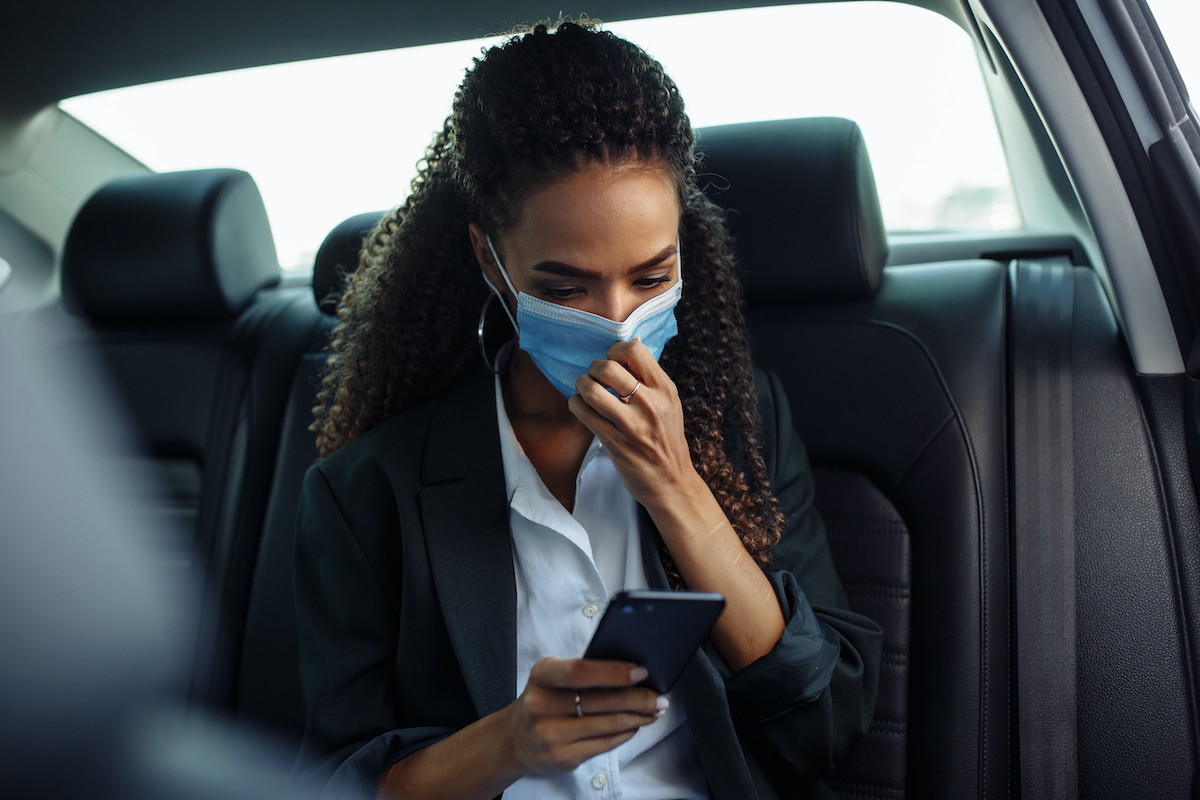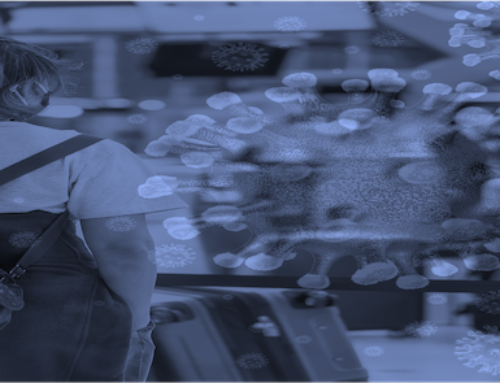The debate continues, disinfect, don’t disinfect, wear a mask, don’t wear a mask, well, you get the point.
As a service provider of protection services, my team and I are responsible for mitigating risk exposure to those within our protective charge. To this end, we track current recommendations and best practices given by health experts and others for protecting our principal clients and our company associates’ health.
Why is knowing this important?
With the global focus on the COVID Virus and its mortality concerns, PGI continues to universal cautionary practices for the spread of germs and other illnesses – this has never changed.
In addition to our clients’ and company associates’ health, our support of our client’s success requires both of these groups to remain productive.
Surface Transference
We learn from the latest CDC reports what we should know about surfaces. I am providing some of these details from the CDC below for your review, but I thought it might be easier for mental digestion if I explained in my terms.
A Low Likelihood of Transferring a Virus from a Surface
The virus may last on a non-porous surface for days or weeks and from minutes to hours for porous surfaces with optimum conditions. On average, the virus is very unlikely a threat after three days (72 hours) regardless if you clean the surface.
What is Our Response?
As a precautionary action, for not only COVID-19 but for other germs and bacterias, we continually disinfect our vehicles’ interiors with essential cleaning solutions – which for you may be simply soap and water.
According to scientists, transferring Viruses is likely caused by respiratory droplets; our company regularly: utilizes HEPA filters within our vehicles and closed spaces containing air handlers.
Commonly deployed today in hotels and other shared spaces is UVC lights. Although scientists continue to debate health and safety concerns regarding skin and eye exposures, widely believed, this tool helps destroy pathogens with safe practice.
Safety
What I strongly recommend against is using flammable sprays within a closed environment, particularly when unknown ignition sources exist. Using anything you are not familiar with or that can endanger yourself or others is, well, let us say, “using a cure likely worse than the ill.”
Health
With 50 Million people experiencing illness from allergies each year and 25 Million people in America who have Asthma (that’s 1 in 13 People who have Asthma), we discourage powerful chemical-based cleaning products.
Focal Point – Protecting Your Health
Long before the pandemic, PGI concerned itself with our client’s health and safety through regular practices to prevent the spread of germs. We reduced physical contact with our clients, sanitizing contact surfaces, and, yes, sanitizing our hands regularly – I guess you can say we used commonsense.
We will continue using our blended commonsense with best practices to Support Your Success, Safety, and Security.
Disclosure Notice
We are not scientists, nor are we medical doctors – and no, we do not play either of these roles on television. We are, however, Risk Managers.
CDC Information
Numerous researchers have studied how long SARS-CoV-2 can survive on various porous and non-porous surfaces. On porous surfaces, studies report the inability to detect any viable virus within minutes to hours; on non-porous surfaces, detection of a viable virus can be days to weeks later. The apparent, relatively faster inactivation of SARS-CoV-2 on porous than non-porous surfaces might be attributable to capillary action within pores and faster aerosol droplet evaporation.
Data from surface survival studies indicate that a 99% reduction in infectious SARS-CoV-2 and other coronaviruses can be expected under typical indoor environmental conditions within three days (72 hours) on average non-porous surfaces like stainless steel plastic and glass. However, experimental conditions on both porous and non-porous surfaces do not necessarily reflect real-world conditions, such as initial virus amount (e.g., viral load in respiratory droplets) and factors that can remove or degrade the virus, such as ventilation and changing environmental conditions. They also do not account for inefficiencies in transferring the virus between surfaces to hands and from hands to mouth, nose, and eyes. Laboratory studies try to optimize the recovery of viruses from surfaces (e.g., purposefully swabbing the surface multiple times or soaking the contaminated surface in a viral transport medium before swabbing). When accounting for both surface survival data and real-world transmission factors, the risk of fomite transmission after a person with COVID-19 has been in an indoor space is minor after three days (72 hours), regardless of when last cleaned.




